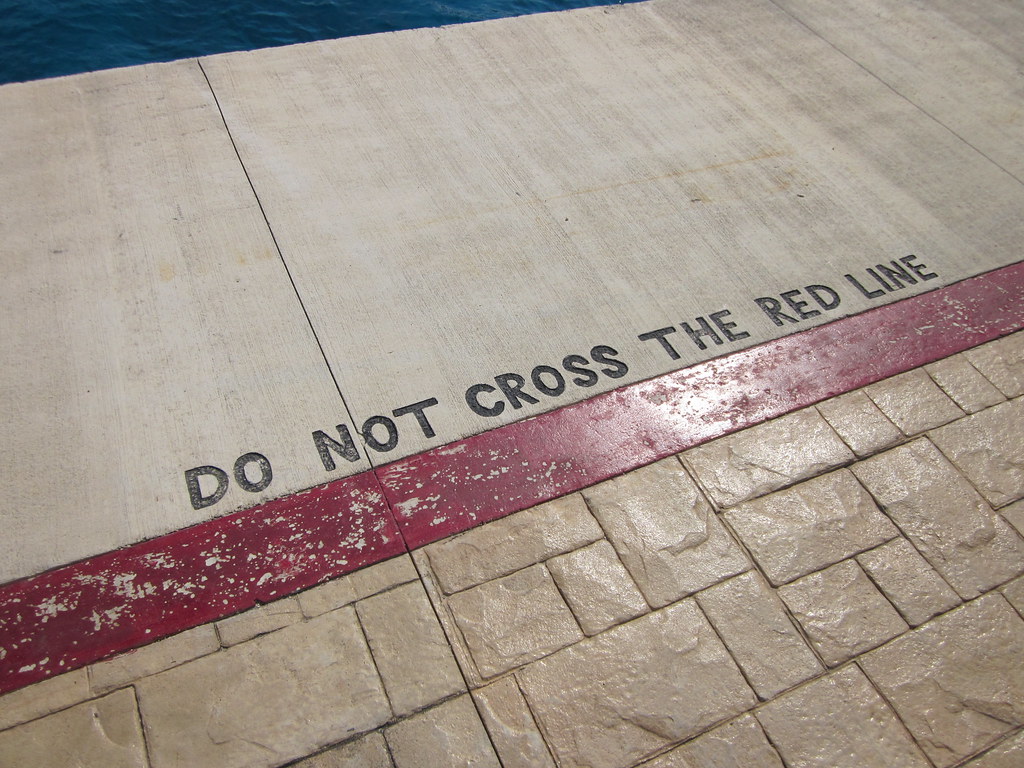Tarot cards have captivated human imagination for centuries, serving as a medium through which seekers attempt to navigate the complexities of life. Despite their enigmatic nature, many individuals are drawn to tarot for reasons that often extend beyond mere curiosity. At first glance, it may appear that tarot cards offer mere symbolism and imagery, yet the fascination runs much deeper, penetrating the subconscious layers of human experience.
The tarot deck is traditionally composed of 78 cards, divided into the Major Arcana and the Minor Arcana. The Major Arcana consists of 22 cards, each depicting significant archetypal themes ranging from The Fool to The World. These cards often illustrate poignant moments in a person’s journey, embodying transformational life events and spiritual lessons. By contrast, the Minor Arcana is subdivided into four suits—Wands, Cups, Swords, and Pentacles—each representing different facets of daily experiences and emotions. Together, these cards present a holistic portrayal of the human condition.
One common observation surrounding tarot cards is their ability to provoke introspection. Many individuals find themselves reflecting on their own lives when presented with the imagery and narratives depicted on the cards. This introspection is not merely an exercise in self-awareness; rather, it signals a deeper quest for meaning. People are often compelled to confront their current circumstances, desires, fears, and ambitions when interpreting a tarot reading. The cards serve as mirrors, reflecting back to the querent their inner psyche, thus facilitating profound personal insights and revelations.
But why do tarot cards evoke such allure? The answer lies embedded within the collective human experience and the archetypal symbols that resonate deeply within us. The cards often embody universal themes such as love, loss, struggle, and triumph—elements that are ubiquitous in the human experience. When an individual draws a card, they are often led to explore not just their surface thoughts, but also the underlying emotions and patterns that shape their existence.
A critical aspect to consider is the historical context of tarot. Originating in the mid-15th century, tarot was initially utilized as playing cards in Europe before evolving into a tool for divination and spiritual inquiry. Over the centuries, various esoteric traditions have imbued the cards with rich layers of symbolism, infusing them with meanings derived from astrology, numerology, Kabbalah, and mythology. This multidimensional approach enhances the tarot’s intrigue, as different readers and cultures offer unique interpretations that draw from a diverse array of philosophical frameworks.
Furthermore, the ritualistic aspect of tarot reading cannot be overlooked. The act itself can be akin to a spiritual ceremony, invoking a sense of sacredness and reverence. Whether performed privately or in a communal setting, the ambience set around a tarot reading can heighten the experience, allowing individuals to engage in a deeper dialogue with their unconscious. This sacred space encourages vulnerability and openness, inviting participants to confront not only their aspirations but also their fears and uncertainties.
Central to the tarot experience is the role of the reader, often regarded not just as an interpreter of the cards but as a facilitator of insights. The reader’s intuition and empathetic engagement enrich the reading, adding layers of understanding that might not emerge in self-reflection alone. A skilled tarot reader establishes an environment of trust, enabling querents to share their thoughts and emotions without judgment. This interplay between reader and seeker fosters an intimate connection, enhancing the overall depth of the tarot experience.
As we delve into individual card meanings, it becomes evident that each card encapsulates a distinct story. For example, The Lovers card does not merely symbolize romantic love but encompasses broader themes of choices, duality, and the balancing of opposites. The Death card, often misunderstood, signifies transformation and the cyclical nature of life rather than a literal end. Such depth brings forth a rich tapestry of meanings, inviting exploration and contemplation.
Another factor contributing to the fascination with tarot cards is the growing emphasis on intuition and personal empowerment in contemporary society. Many individuals seek answers from external sources; however, tarot encourages self-guidance. It serves as a gentle nudge towards trusting one’s instincts, reinforcing the notion that each person possesses intrinsic wisdom capable of informing their decisions. In a world rife with uncertainty, this empowerment can be profoundly liberating.
Furthermore, the tarot’s continued relevance in the modern era speaks to a collective yearning for connection and understanding. In an age dominated by technology and rapid change, many find solace in the mindful practice of tarot, which invites slow, intentional reflection. The act of shuffling cards can transform into a meditative ritual, grounding individuals amidst a tumultuous existence. This connection with time-honored traditions resonates in a culture that often longs for authenticity and meaning.
In summary, the significance of tarot cards transcends their literal meanings, tapping into the very essence of human experience. The introspection and personal revelations facilitated by tarot readings, along with the historical and ritualistic richness embedded in the practice, offer profound insights that resonate across cultures and generations. As seekers continue to turn to tarot for guidance, the cards serve not only as tools for divination but also as catalysts for deeper understanding and self-discovery.
Ultimately, the allure of tarot speaks to the universal human condition—a quest for clarity, connection, and meaning in a complex world. This intricate dance between intuition and imagery invites us to embark on a journey of exploration, where the cards, in their multifaceted glory, illuminate the path toward understanding ourselves and the world around us.









Leave a Comment